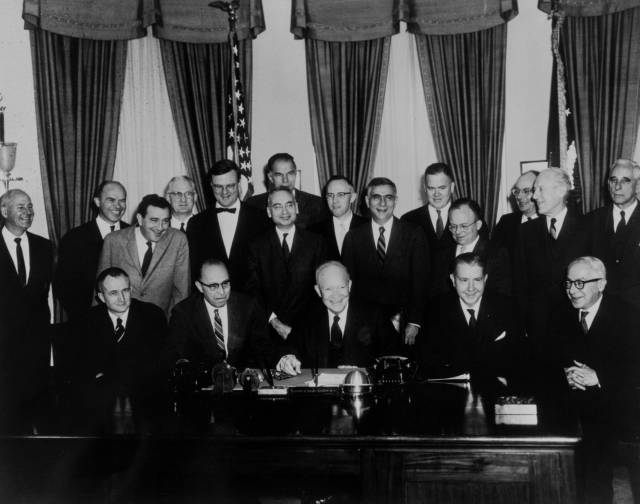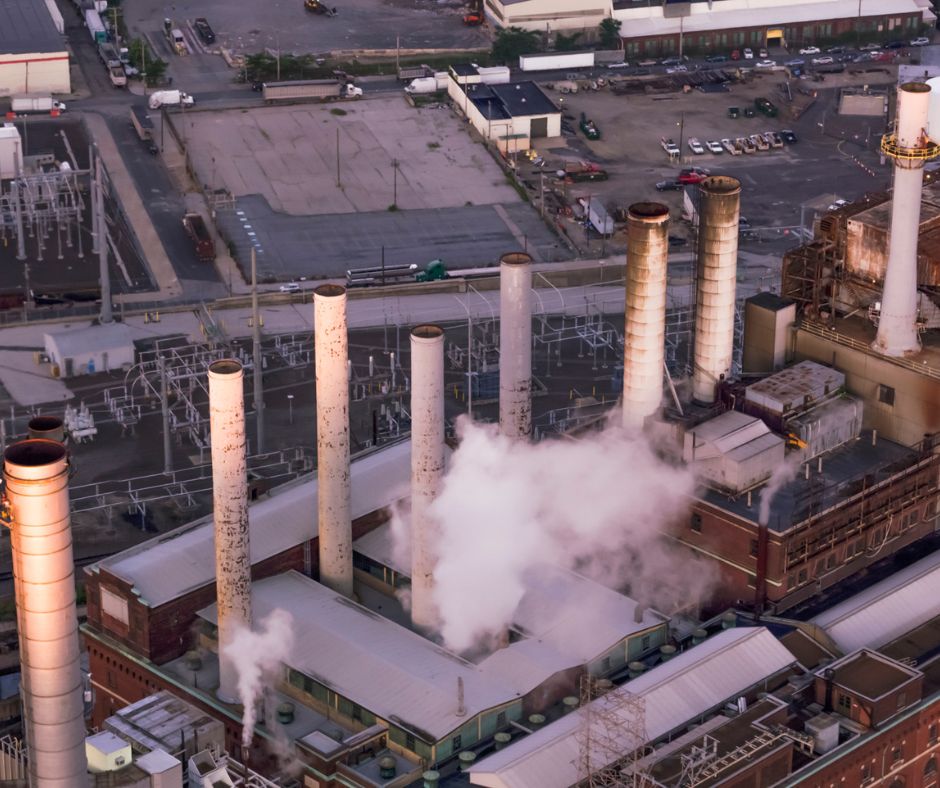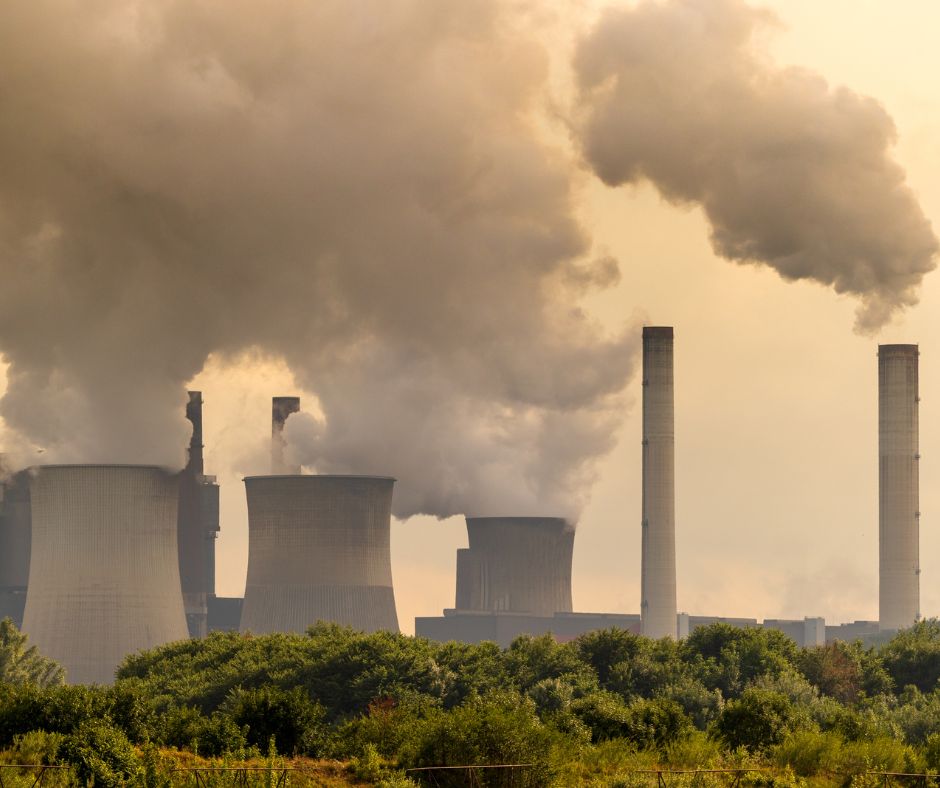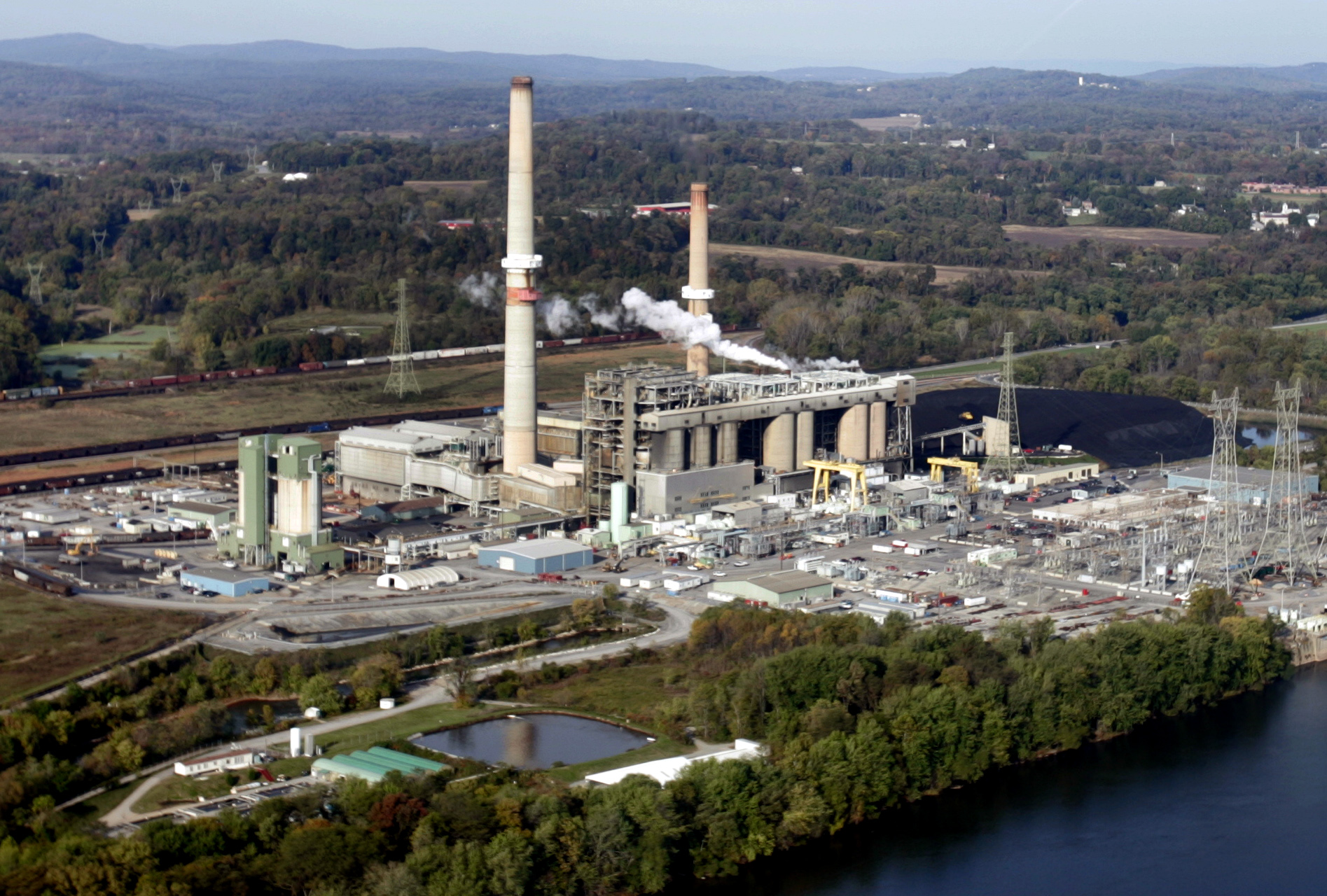PennFuture Blog
Our Perspectives on the Latest Issues

When the Soviet Union launched the Sputnik satellite, President Dwight D. Eisenhower created a committee of notable scientists with the purpose of advising the President on scientific matters. Eight years later, the panel of scientists on the President’s Science Advisory Committee issued a dire warning about something else...
The scientists wrote in a 1965 report that by dumping carbon pollution in the air from burning fossil fuels, we were “unwittingly conducting a vast geophysical experiment.” It predicted we would cause a 25 percent increase in atmospheric CO2 compared to the 19th century by the year 2000 and would “almost certainly cause significant changes in the temperature.”
The predictions were correct, and by 1988, NASA’s Dr. James Hansen testified before Congress on global warming, saying “It is already happening now.”
When the Environmental Protection Agency (EPA) Administrator determines that air pollution from a category of sources “contributes significantly to air pollution” and “endangers public health or welfare,” the Clean Air Act requires action. But, at least in this case, meaningful action has been very slow coming.
By 1999, organizations were petitioning the EPA to make an “endangerment finding” for greenhouse gasses (GHGs), and there was little question from the scientific community that public health was at risk. By then, the Intergovernmental Panel on Climate Change (IPCC) had warned about climate change having “wide-ranging and mostly adverse impacts on human health, with significant loss of life.” Still, it took until December 2009 for the EPA Administrator to make an endangerment finding.
Even then, it was more than four years before the EPA proposed a plan of action for the pollution from large fossil-fuel-powered electric generators. Known as the Clean Power Plan, it would have reduced carbon pollution from those sources by 32 percent while providing between $25 and $45 billion in net climate and health benefits.
The Trump Administration killed the program, which attempted to replace it with a far less effective (and far less cost-effective) plan they called the Affordable Clean Energy (ACE) rule.
By 2021, courts had determined the ACE rule violated the Clean Air Act and, in a separate case, the US Supreme Court used its recently invented “major questions doctrine” to tie the EPA’s hands declaring that Congress didn’t give the agency the authority to set emissions caps in the way the Clean Power Plan attempted.

Moving forward to set standards
However, the Supreme Court did not say the EPA couldn’t regulate carbon pollution—it had already decided in 2007 that GHGs “fit well within the CAA's capacious definition of air pollutant.” The debate was over what comprises the “best system of emissions reductions” (BSER) as required by the CAA (Clean Air Act).
In the Clean Power Plan, the EPA looked beyond the fence line of individual facilities to say the best emissions reduction system involved shifting generation to cleaner sources. While the Supreme Court did not say BSER “refers exclusively to measures that improve the pollution performance of individual sources,” it nevertheless ruled against the EPA on this issue and left it to the Biden Administration to craft a new plan.
The EPA proposed its new rule on May 23, 2023.
This time, the EPA based their emissions standards for most of the larger fossil-fuel facilities on implementing 90% carbon capture or co-firing some percentage “low-GHG” hydrogen along with the existing fossil fuels.
Both methods look much more like the traditional technology-based emissions controls the EPA has used for decades, but this does not mean that any facility needs to install carbon capture technology or burn any hydrogen. The EPA’s plan only sets standards of performance—states, like Pennsylvania, are then given the flexibility to decide how facilities must meet that target and, for existing facilities, can take into consideration the remaining useful life of the plant along with other factors (RULOF).
 State action to cut carbon
State action to cut carbon
While we probably won’t know exactly what is in our state’s plan before the summer of 2026, we can envision some possibilities.
First, this rule will not impact Pennsylvania’s large conventional coal-fired power plants. The four remaining facilities are all scheduled to retire or convert to gas-fired generation by 2028, and this new rule won’t go into effect until 2030.
Pennsylvania’s waste-coal-fired power plants may largely avoid significant impacts as well. BSER for such plants that retire by 2032 or that will run with limited capacity as late as 2035 consists of “routine methods of operation and maintenance”—that is, business as usual. We don’t know precisely when the existing plants will retire, but most of Pennsylvania’s waste coal facilities came online in the early 1990s and wouldn’t be running today without huge subsidies funded by state taxpayers and electric ratepayers. Market forces could quickly drive most of them offline before more stringent emissions standards are required.
The 2026 State Plan will, therefore, likely focus on existing fracked-gas-fired power plants, a
few newer fracked-gas-fired power plants, and whatever remaining waste-coal facilities are still in operation. For each of these, the state will calculate a target emissions level that meets BSER according to the EPA rules by the applicable compliance deadline. Then, the DEP (Department of Environmental Protection) will need to craft a plan that will “ultimately provide for equivalent stringency as would be achieved if each affected source was achieving the applicable presumptive standard of performance, after accounting for any application of RULOF.”
It's unclear how much RULOF will have an impact on the eventual state targets. While states have a right to consider this, the EPA already made allowances for plants nearing retirement or running at low capacities when it set BSER. It would make sense for EPA to limit any further weakening of the performance standards to special cases it hasn’t already considered.
With the final numbers in hand, designing a plan with “equivalent stringency” raises the prospect of what the EPA calls “compliance flexibilities.” While that could include plants using newly invented control technologies the EPA had yet to specifically consider, the EPA clearly has something else in mind. It specifically proposes to allow states to use “averaging and market-based mechanisms” in their plans.
In Pennsylvania, that raises the prospect of participation in the Regional Greenhouse Gas Initiative (RGGI) being a creditable measure. There are certainly details to be worked out and in fact, EPA is specifically asking for comments on how to make interstate emissions trading work in this context among other issues. But one can foresee RGGI emissions reductions being subtracted from an aggregate statewide target and that credit, in turn, being apportioned to individual facilities in some manner. As the EPA notes, such trading programs tend to be highly cost-effective because they allow owners to “prioritize emission reduction actions where they are the quickest or cheapest.”
Along with trading, the EPA is also considering using banking programs. Essentially, that means allowing facilities that meet their targets earlier than required to carry over credit for those reductions to a later control period. The good part of banking is that it encourages emission reductions to happen faster than they otherwise would, still unless the program is well designed, a surplus of banked credits could undermine the program’s effectiveness in later years. If this appears in the state plan, we’ll need to carefully consider the details.
 Concerns, and the need to act now
Concerns, and the need to act now
While meaningful federal action to address the growing climate crisis is long overdue, it’s also critical that whatever path we take, we do things right.
While co-firing low-GHG hydrogen in a fossil fuel plant likely fits the Clean Air Act’s definition of “Best System of Emissions Reduction,” that does not mean it is the best choice for getting us to net zero.
While the EPA’s definition of “low-GHG” hydrogen doesn’t exclude clean hydrogen made from renewable energy, it’s doubtful anyone will co-fire clean hydrogen to any significant degree. It makes little sense to start with clean electricity, make hydrogen, then burn the hydrogen to generate less electricity than you started with. In practice, the hydrogen that gets used will likely come from steam reformed methane, which will drive more fracking.
The EPA attempted to address the pollution from fracking and other upstream sources by defining low-GHG hydrogen based on “well to gate” emissions. Still, the resulting expansion of the petrochemical industry presents an incredibly significant problem.
There are better choices than using carbon capture and storage (CCS). Aside from the technical challenges of achieving 90% carbon capture and the outstanding questions of whether we can reliably store the carbon underground in Pennsylvania, we know that doing so will not be cheap.
The EPA projects their plan will return $85 billion in net climate and public health benefits over the next two decades, which certainly isn’t bad, but we can still do better. The US Supreme Court might not allow EPA to consider much more cost-effective investments in clean renewable generation and energy efficiency as part of the BSER, but that does not mean Pennsylvania can’t make better choices for itself.
No matter what path we take, we cannot wait until 2030 and beyond to act. As PennFuture said back in 2015, we can grow our economy while protecting our health and the environment, but we need to make responsible choices and we need to act now. You can act by sending a direct email to the EPA in support of the strong standards in the new rule — you can use this template to submit public comment.
BLOG SEARCH
LATEST BLOG POSTS
Get the Latest onOur PennFuture
Sign up for email updates on the latest news, events, and opportunities to make a difference.